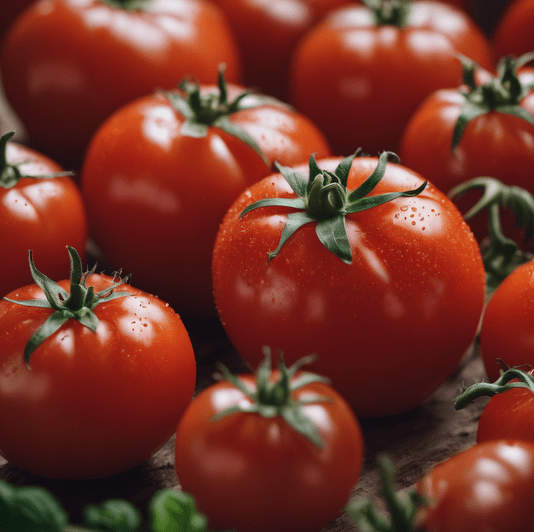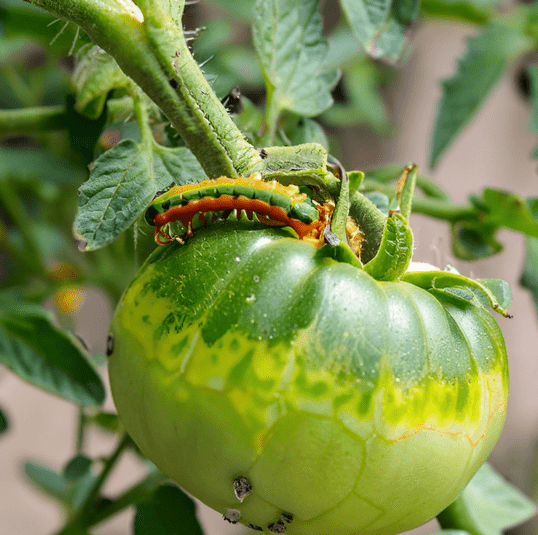Tomatoes are technically fruits, as they develop from the ovary of a flower and contain seeds. However, in the culinary world, they are often treated as vegetables due to their savory taste.
Explore the tomato’s identity in the culinary world with “Tomato A Fruit Or Vegetable.” Unravel the mystery behind its dual nature, a fruit by definition and a vegetable in the kitchen. This guide clarifies the fascinating classification of tomatoes. Ready to understand the science and culinary magic of tomatoes? Let’s journey into the debate of whether a tomato is a fruit or a vegetable together!
Botanical Classification
Definition of Fruit:
In botanical terms, a fruit is the mature ovary of a flowering plant, usually containing seeds.
Tomatoes’ Botanical Identity:
Tomatoes develop from the fertilized ovary in the base of the flower and contain seeds, fitting the botanical definition of a fruit.
Culinary Perspective
Vegetable by Taste and Use:
In cooking, vegetables are typically savory or less sweet, while fruits are sweet and tart. Tomatoes, with their versatility and savory applications, are used like vegetables in the culinary context.
Historical Context:
Historically, the use of tomatoes as a vegetable dates back to their integration into European and subsequently global cuisines.
Legal Distinction– The Tariff Act of 1883
A famous U.S. Supreme Court case in 1893, Nix v. Hedden, ruled that tomatoes should be classified as a vegetable for tariff purposes, based on the common culinary usage.
Nutritional Aspect
Tomatoes are rich in vitamins C and K, potassium, folate, and the antioxidant lycopene, regardless of their classification.
Culinary Applications
Diverse Uses:
From sauces, soups, and salads to being a primary ingredient in dishes like salsa and ketchup, tomatoes have a broad culinary repertoire.
Raw or Cooked:
Unlike many fruits, tomatoes are extensively used both raw and cooked, further blurring the lines of their classification.
Cultural Perceptions
Variation Across Cultures:
Different cultures have various perceptions of tomatoes, with some using them more like fruits and others as vegetables.
Changing Views:
The way tomatoes are viewed has evolved over time, with earlier European cultures initially fearing them as poisonous due to their nightshade family connections.
Conclusion
The tomato’ identity crisis as a fruit or a vegetable is a prime example of how scientific classifications don’t always align with everyday usage. Whether you slice a tomato for a sandwich, cook it into a sauce, or enjoy it in a fruit salad, its rich flavor and versatility shine through. The tomato may be a fruit by birth, but it has earned its honorary vegetable status on the plates of the world.



